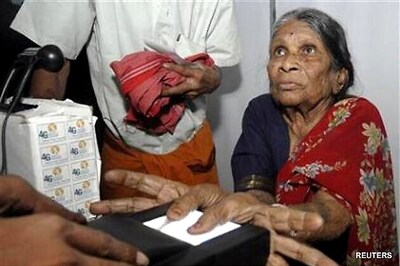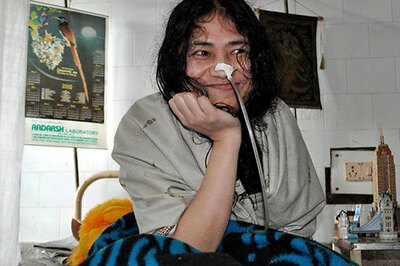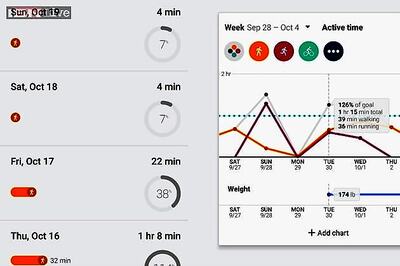
views
Rabindranath Tagore was invited to Chennai by Bharathanatyam dancer Rukmini Devi. The Universalist that he was, it didn’t take him too long to write seven Carnatic melody-based compositions. In fact, one of the seven was inspired by South Indian poet and composer Muthuswami Dikshitar’s grand Sanskrit masterpiece dedicated to goddess Parvathi of the Madurai Meenakshi Ammal Temple.Muthuswami Dikshitar’s piece was about a green goddess Parvathi who is amid bright orange flowers – the kadambams – that are known to bloom in Madurai. Tagore takes that from the composition and makes it an ode to spring,” said theatre artist and musician Akhila Ramnarayan, as part of danseuse Anita Rathnam’s ‘Avani – A Handful of Dust,’ a dance-theatre presentation.
Performing the last leg of a national tour at Chennai on Sunday at the Alliance Francaise, Rathnam took cue from Ramnarayan’s words to beautifully dance to a medley of both Tagore’s and Muthuswami Dikshitar’s versions of the song. With choreography, music and film design inspired by Tagore’s poetry and its many shades, the presentation focused on the nuances and subtleties of the Bengali poet’s works.
In deciphering some of the most popular works of Tagore, Rathnam used simple, yet intense choreography to depict the Bard’s love for nature. Ramnarayan, who also happens to be the revolutionary Tamil writer Kalki’s granddaughter, drew parallels between the works of Kalki, who is famous for novels like Ponniyin Selvan and Sivakamiyin Sabadham, and Tagore. After recounting how Kalki, as a young man, did all that he could just so he could go listen to a lecture by Tagore in Trichy many decades ago, Ramnarayan said with an unmistakable smile, “Kalki even called Tagore a better poet than Bharathi!” Also part of the ensemble cast was city-based musician Vedanth Bharadwaj and Bengali theatre artiste Averee Chaurey.
Just as Rathnam embraced the themes of love, longing, hope, eternity, nature, nurture and divinity — some of Tagore’s favourite subjects to write about — she didn’t hesitate to approach some of Tagore’s darker themes with the same intensity.
There were also anecdotes about Tagore’s life that were both happy and sad. And the choreography took inspiration from a host of styles including Bharatanatyam, Butoh, meditative movement, a more contemporary genre and not to forget theatrical additions as well. The end effect? ‘Avani – A Handful of Dust’ forces you to look at Tagore’s work with a fresh perspective.




















Comments
0 comment